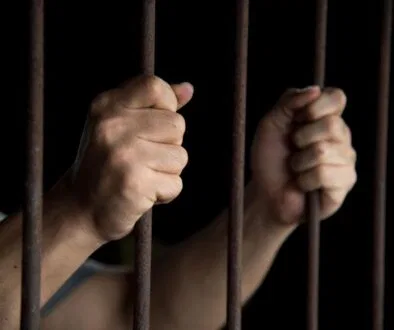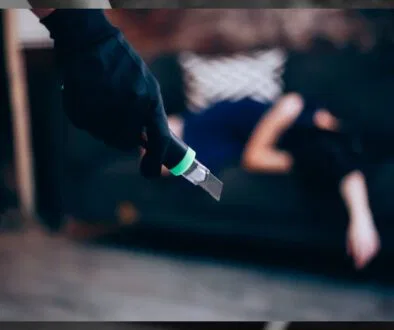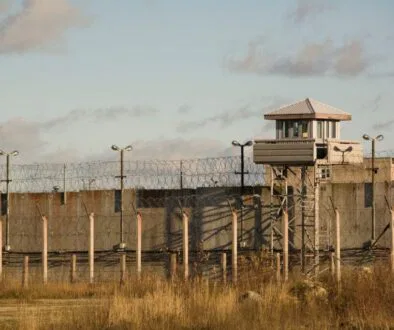What is a Maximum Security Prison? An Overview
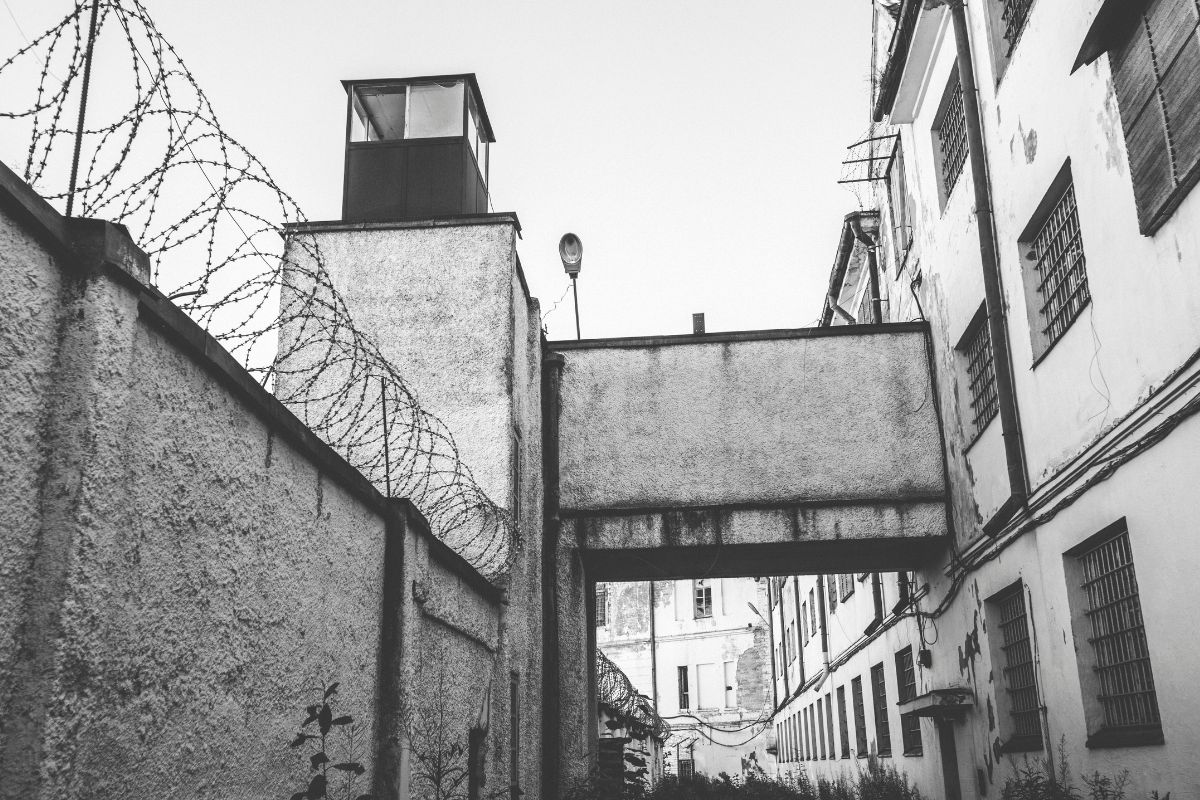
Published April 24, 2024
Maximum security prisons are a kind of penitentiary that hosts a high-security level as they imprison the most dangerous types of inmates. They have many interesting facts about them, which will be discussed in a second.
Educating yourself with every kind of prison system is a great thing to do. You enrich yourself with knowledge of our society. While we enjoy our liberty, it is not to hide that life behind bars does not exist.
This article will discuss everything about a maximum-security prison, including its definition, culture, violence, and notable inmates. We’ll leave no FAQs unanswered. Let’s start.
What Is a Maximum Security Prison?
Maximum-security prisons and supermax prisons are grades of high-security level employed by prison systems in various countries. They contain a higher level of security to prevent prisoners from escaping and harming other inmates or security guards.
Maximum security prisons are extremely dangerous and violent high-security lockups. These facilities house high-risk inmates with considerable histories of prison misconduct, violence, and escape. Violence is commonplace in these environments.
Which Inmates Are Confined in Maximum Security Prisons
- Over 90 percent of federal penitentiary inmates have records of violence
- Approximately 71 percent have been convicted of prison misconduct
- Almost 10 percent have sanctions for kidnapping, aggravated assault, or murder
Notable High-Security Prison Inmates
Several high-profile inmates have been housed in high security or supermax prisons such as ADX Florence in the United States. These criminals are often locked there due to their crimes’ severity, notoriety, or both.
1. Ted Kaczynski (Unabomber)
He is a domestic terrorist. He carried out a nationwide bombing campaign over nearly two decades, resulting in gruesome deaths and injuries. He is serving multiple life sentences without consideration of parole in ADx Florence.
2. Joaquin “El Chapo” Guzman
The former leader of the Sinaloa Cartel. He is one of the most powerful drug trafficking organizations in the world. Guzman was extradited to the United States from Mexico. He was guilty of drug trafficking, money laundering, and involvement in organized crime. He was convicted to life in prison plus 30 years.
3. Terry Nichols
An accomplice to Timothy McVeigh in the Oklahoma City bombing, which happened in 1995 and killed 168 people. His act was the deadliest crime of domestic terrorism in US history at that time. He is serving multiple life sentences without access to parole.
4. Ramzi Yousef
Yousef was convicted for his involvement in the 1993 World Trade Center bombing and other terrorist plots. He is considered one of the architects of modern Islamic terrorism. He is serving a life sentence plus 249 years at ADX Florence.
5. Dzhokhar Tsarnaev
One of the Boston Marathon bombers was responsible for the death of three people and injuring several hundred others in 2013. Tsarnaev was sentenced to death. However, his case has gone through various appeals.
6. Richard Reid
A British terrorist attempted to detonate explosives packed into his shoes on an American Airlines flight from Paris to Miami in December 2001. Reid is serving a life sentence without the possibility of parole.
Maximum Security Prison Culture
In all honesty, the culture in this type of prison is more akin to a war zone than a correctional facility. Inmates often don’t consider rational thought. Instead, they think in terms of power, fear, and coercion. You can imagine their daily lives being grounded in manipulation. Inmates also have an abstract and distorted concept of respect. Here are some key aspects that define the culture within maximum security prisons:
1. Strict routine and surveillance
Inmates in maximum security lockups live under a strict regime with little personal freedom. Best believe movements are closely monitored through unfailing surveillance. Interactions are limited and carefully regulated. This oversight prevents violence and ensures the safety of both staff and inmates.
2. Isolation and segregation
Many maximum security prisons utilize solitary confinement or segregation units for various reasons. They use it for punishment, protection of vulnerable inmates, and managing those deemed particularly dangerous. Prolonged isolation can have significant psychological effects. It influences prison culture by creating a space of fear and mistrust.
3. Gang affiliations and hierarchies
Gangs play a significant part in the social structure of many maximum security lockups. Prisoners may align themselves with this group for protection. Also, gaining access to contraband and other resources.
4. Contraband and Illicit Economy
Despite the high level of security, drugs, cell phones, and weapons can still make their way to maximum-security prisons. An illicit economy often thrives, with inmates bartering goods and services.
5. Mental health issues
The harsh conditions and isolation of maximum security prisons can exacerbate or direct mental health issues. Depression, anxiety, and signs of post-traumatic stress disorder (PTSD) are common. Prison culture often stigmatizes seeking help for such dilemmas. As a result, a cycle of suffering and untreated mental illness is prevalent.
6. Rehabilitation challenges
The fixation on security and control in maximum security penitentiaries often means that fewer resources are available for rehabilitation programs.
7. Resistance and coping mechanisms
Inmates develop various coping mechanisms to deal with the stresses of life in a maximum-security prison. Some may turn to religion or spirituality, while others might focus on physical fitness or education to maintain their mental health.
Violence in High-Security Prisons
Violence in high-security prisons is a significant concern to the concentration of inmates who have committed serious offenses. Here are some key factors contributing to violence in high-security prisons:
- Gang activity
- Overcrowding
- Mental health issues
- Isolation and segregation
- Staff-inmate dynamics
- Limited access to rehabilitative programs
- Contraband
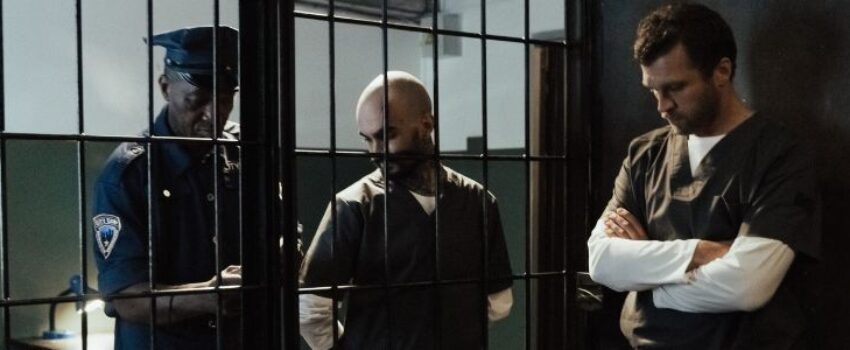
ADVERTISEMENT
Frequently Asked Questions About What Is a Maximum Security Prison
1. What is the most brutal maximum security prison?
The United States Penitentiary Administrative Maximum Facility (ADX) is the most brutal maximum security prison in the United States. It is located in Florence, Colorado. It is also known as ADX Florence and often dubbed “Alcatraz of the Rockies. It is the most secure correctional facility in the country. It houses the most dangerous criminals who are deemed too high risk or too high profile for regular prison facilities.
2. What color are maximum security prisoners?
In the United States, the color often linked with maximum security inmates is orange.
3. What is the highest level security prison?
The highest security prison in the United States is classified as a “Supermax” prison. One example is the United States Penitentiary Administrative Maximum Facility (ADX) in Florence, Colorado.
Supermax prisons like ADX Florence are characterized by:
- Extreme security measures
- Solitary confinement
- Highly controlled environment
4. What is the lowest security prison?
The lowest security classification in the United States is called a “Minimum Security” Facility. It is also often referred to as a Federal Prison Camp. These prisons are designed for inmates that have the lowest risks. They house those who have committed nonviolent crimes and possess clean disciplinary histories. These facilities also focus more on rehabilitation. They aid in preparing inmates for reintegration into society.
And now you’re educated on the topic of maximum security prison. You are now well aware of its impact, culture. Violence, and all other things that make up its unique prison system.
Reduce Your Jail Call Costs By Up To 90% Per Minute With GlobalTel
GlobalTel’s inmate calling service lowers jail call per minute rates by up to 90% for jail calls from US facilities. Sign up now and use the special jail call phone number we create for you to eliminate the long distance jail call fees. Try GlobalTel for only $45.99 for 90 days. Make US/domestic and international jail calls at the local rate and stay connected to your incarcerated loved ones for less. Learn more about how to sign up for calls from inmates here.

This Content Is Fact Checked
Our esteemed team of specialists has thoroughly validated the accuracy of this information. Discover further details about the rigorous editorial guidelines for our website here.
ADVERTISEMENT

About The Author
I am Tracy Gorman, a seasoned writer with a passion for crafting content on various subjects. I possess the expertise to delve into any niche and deliver exceptional articles.

